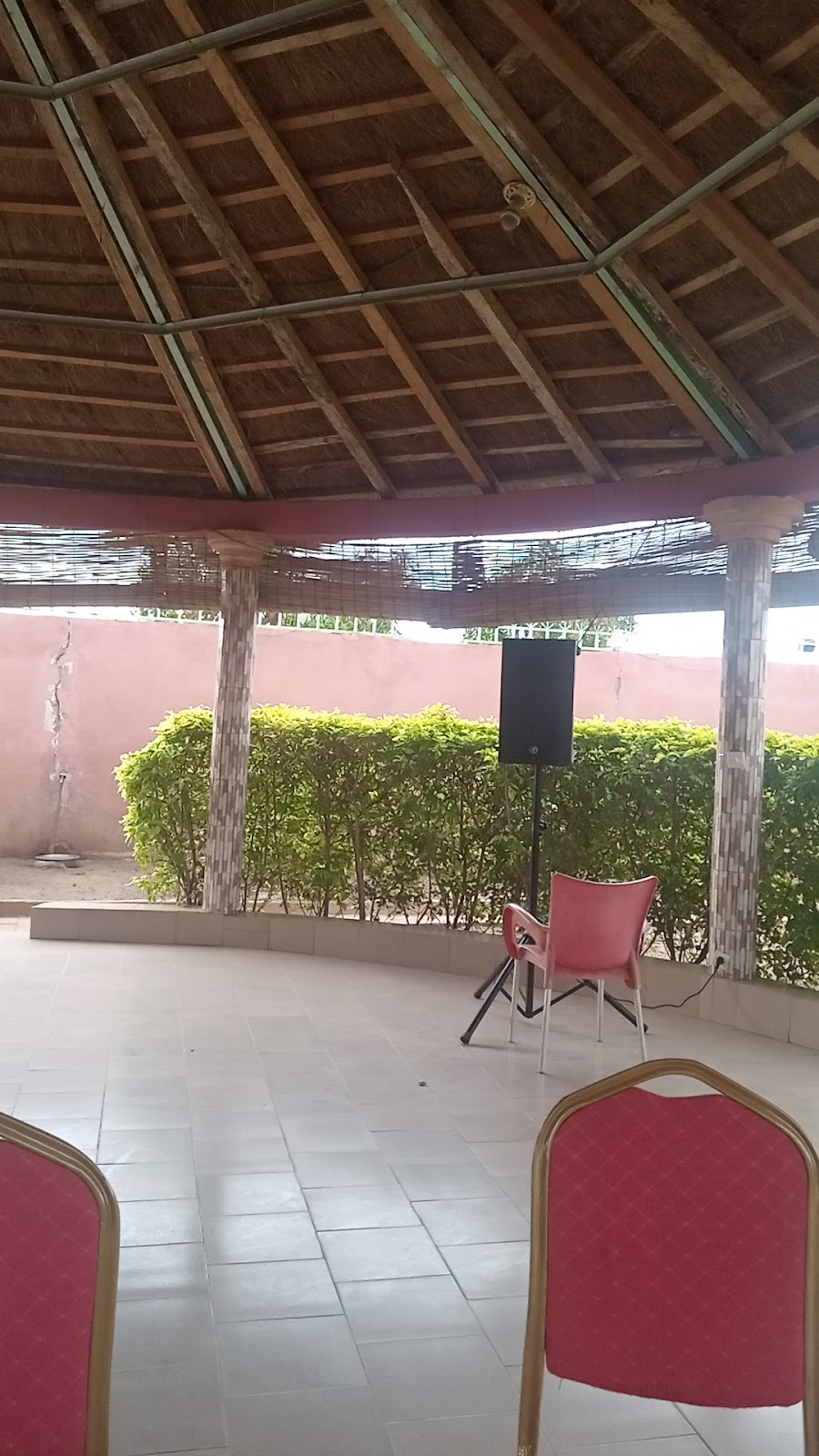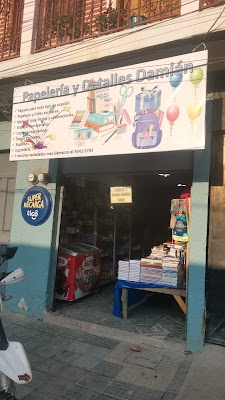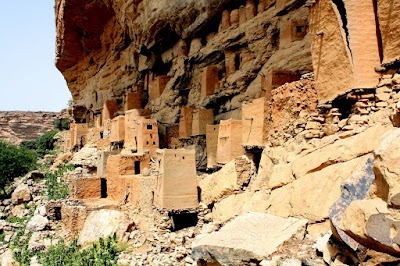Old Ségou (Ségou Koro)
Related Places
Overview
Old Ségou, affectionately known as Old Trafford de Ségou, is a historic gem nestled in the city of Ségou, located in the Ségou Region of Mali. This enchanting site boasts a rich heritage that dates back to its emergence as a cultural and political hub in the region.
Historical Significance
The origins of Old Ségou trace back to the 17th century, founded by the Bambara people under the visionary leadership of Biton Mamary Coulibaly. As the Ségou Empire flourished, Ségou became its capital and the vibrant heart of the Bambara kingdom. Its strategic location along the Niger River facilitated trade and cultural exchange, establishing it as a prominent center for commerce and craftsmanship.
Traditional Architecture
One of the most captivating aspects of Old Ségou is its traditional architecture. The buildings, primarily constructed from mud bricks known locally as "banco," reflect a construction method that has been passed down through generations. This technique is well-suited to the region’s climate, with thick mud walls that keep interiors cool, offering a natural respite from the scorching sun. The intricate designs and embellishments on these structures showcase the artistic skills of the locals and underscore the cultural importance of preserving their heritage.
Urban Layout and Community
The layout of Old Ségou is characteristic of ancient West African settlements. Narrow, winding streets and closely clustered homes maximize space while fostering a tight-knit community. Public spaces, including bustling marketplaces and communal courtyards, are vital for social interactions and the local economy, making them hubs of daily life.
Landmarks and Cultural Influences
A significant landmark in Old Ségou is the Great Mosque of Ségou, which stands as a testament to the region's Islamic influence that flourished during the later years of the Ségou Empire. Constructed using the traditional “banco” technique, the mosque features a distinctive Sudano-Sahelian architectural style, characterized by its earthy facade and prominent wooden beams.
Historical Resilience
Throughout its storied past, Old Ségou has experienced both prosperity and challenges. The French colonial period brought about significant changes, including infrastructure developments and modifications to existing buildings. Despite these transformations, the community has retained its unique cultural identity and architectural styles, seamlessly blending the old with the new.
Cultural Celebrations
Cultural events and festivals are integral to life in Old Ségou. The annual Festival sur le Niger is a highlight, celebrating the region's vibrant music, dance, and arts. This festival garners attention from both locals and international visitors, ensuring that the traditions and spirit of Old Ségou continue to thrive and gain recognition on the global stage.
Preservation Efforts
In recent years, dedicated efforts have been made to preserve and restore the historical and cultural sites of Old Ségou. Local authorities and non-governmental organizations collaborate to protect the architectural integrity and cultural heritage from the pressures of modernization and environmental challenges.
Visitor Experience
Visitors to Old Ségou are often enchanted by the charm and timeless beauty of the area. Strolling through its narrow streets, one can feel the echoes of history and appreciate the significance of this site in Mali's heritage. The rich blend of indigenous customs and diverse influences over the centuries creates a unique atmosphere that continues to inspire and captivate.
In summary, Old Ségou stands as a living museum, embodying centuries of history, culture, and resilience. It serves as a poignant reminder of the rich tapestry of human civilization that has flourished along the banks of the Niger River, offering an insightful glimpse into the soul of the Bambara people and the enduring legacy of their empire.








